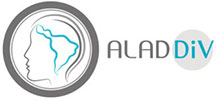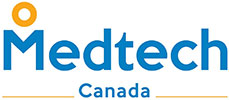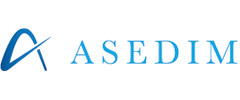The World Trade Organization Technical Barriers to Trade (TBT) Agreement aims to ensure that technical regulations, standards, and conformity assessment procedures are non-discriminatory and do not create unnecessary obstacles to trade. At the same time, it recognizes WTO members’ right to implement measures to achieve legitimate policy objectives, such as the protection of human health and safety, or protection of the environment. The TBT Agreement strongly encourages members to base their measures on international standards as a means to facilitate trade. Through its transparency provisions, it also aims to create a predictable trading environment.
World Trade Organization – Technical Barriers to Trade – Agreement Text
English / Spanish / Portuguese
G/TBT/1/REV. 8. Section IX – Decision of the Committee on Principles for the Development of International Standards, Guides and Recommendations with Relation to Articles 2, 5 and Annex 3 of the Agreement.
The TBT agreement is a multilateral treaty obligation constituting international law. It is codified in each country of the Americas and its implementation is mandatory. Amongst its provisions, the Coalition notes the following three articles:
- Article 2.2: Members shall ensure that technical regulations are not prepared, adopted or applied with a view to or with the effect of creating unnecessary obstacles to international trade. For this purpose, technical regulations shall not be more trade-restrictive than necessary to fulfil a legitimate objective…
- Article 2.3: Technical regulations shall not be maintained if the circumstances or objectives giving rise to their adoption no longer exist or if the changed circumstances or objectives can be addressed in a less trade-restrictive manner.
- Article 2.4: Where technical regulations are required and relevant international standards exist or their completion is imminent, Members shall use them, or the relevant parts of them, as a basis for their technical regulations…
Definitions:
- Technical regulation
Document which lays down product characteristics or their related processes and production methods, including the applicable administrative provisions, with which compliance is mandatory. It may also include or deal exclusively with terminology, symbols, packaging, marking or labelling requirements as they apply to a product, process or production method.
Explanatory note
The definition in ISO/IEC Guide 2 is not self-contained, but based on the so-called “building block” system. - Standard
Document approved by a recognized body, that provides, for common and repeated use, rules, guidelines or characteristics for products or related processes and production methods, with which compliance is not mandatory. It may also include or deal exclusively with terminology, symbols, packaging, marking or labelling requirements as they apply to a product, process or production method.
Explanatory note
The terms as defined in ISO/IEC Guide 2 cover products, processes and services. This Agreement deals only with technical regulations, standards and conformity assessment procedures related to products or processes and production methods. Standards as defined by ISO/IEC Guide 2 may be mandatory or voluntary. For the purpose of this Agreement standards are defined as voluntary and technical regulations as mandatory documents. Standards prepared by the international standardization community are based on consensus. This Agreement covers also documents that are not based on consensus. - Conformity assessment procedures
Any procedure used, directly or indirectly, to determine that relevant requirements in technical regulations or standards are fulfilled.
Explanatory note
Conformity assessment procedures include, inter alia, procedures for sampling, testing and inspection; evaluation, verification and assurance of conformity; registration, accreditation and approval as well as their combinations.
WTO/TBT Agreements Implementation by Country
For a detailed review of these topics pertaining to the Medical Technology Sector, please access the Training Session held on June 9, 2020: Presentation and Webinar Recording.














